Trucks account for 49% of crashes on N3
August 8, 2019
134
Despite heavy vehicles only representing 35% of the total traffic on the N3 Toll Route, trucks accounted for 49% of all crashes in the first six months of 2019 with the number of crashes involving heavy motor vehicles totalling 287 of the total 588 crashes which occurred on the N3 Toll Route over this period.
Despite heavy vehicles only representing 35% of the total traffic on the N3 Toll Route, trucks accounted for 49% of all crashes in the first six months of 2019 with the number of crashes involving heavy motor vehicles totalling 287 of the total 588 crashes which occurred on the N3 Toll Route over this period.
“Although this number is marginally lower than the 2018 figure of 296 (or 50% of all crashes) it remains an area of serious concern,” says N3TC’s traffic manager, Miles le Roux.
Of major concern for the N3TC is the increase in the number of runaway trucks on Van Reenen’s Pass – which it ascribes to as being due to “apparent brake failure.”
“We appeal to the cargo industry and all vehicle and fleet owners – indeed every driver – to help ensure that vehicles are roadworthy and in excellent mechanical condition. Regular vehicle maintenance goes a long way to limiting road catastrophes and loss of lives,” says le Roux.
FleetWatch fully backs le Roux’s statement that operators must ensure vehicles are roadworthy but disagrees with the cause of ‘runaway trucks’ as being due to “apparent brake failure”. Brakes do not fail unless you fail to maintain them and based on results obtained from the FleetWatch Brake & Tyre Watch project, operators need to pay far more attention to the maintenance of their trucks. Brakes can’t fail if, for example, there are no brake linings in the drum – which is not unusual. Why? Simply because there are no brakes fitted to fail. We find numerous braking faults – especially on trailers – so c’mon guys, get the basics right.
Based on data collected by the N3TC, of major concern is the increase in the number of runaway trucks on Van Reenen’s Pass – which it ascribes to as being due to “apparent brake failure.” Yeah well. This truck was spotted by FleetWatch halfway down the pass using the famous “Africa Handbrake” to cool off the brakes which the driver had, no doubt, been sitting on down the pass. Brake fade can occur in seconds once a certain temperature is reached and there is no longer friction between the brake linings and the brake drum. You then have a runaway.
Going back to the data collected over many years on the N3 Toll Route, Le Roux says it is clear that the majority of crashes are caused by human error, whether it is negligent driving, lack of concentration, ignoring warnings and/or a disregard of basic safety measures.
Of the 588 crashes which occurred during the first six months of this year, 39 of these were fatal resulting in 61 fatalities. Fourteen pedestrian crashes were reported during the same period of which the majority (10) were fatal.
“On the positive side, the number of pedestrian crashes continues to show a downward trend, from 25 during the same period in 2017 to 19 in 2018 and now 14 in 2019. But even a single fatality is still one too many,” stresses le Roux. Pedestrians, by the way, are by law not permitted to walk on highways but they do – and they die.
The most dominant type of crashes during 2019 were vehicles leaving the road (32.5%), vehicles rolling (14.7%), damage at plazas (11%) and head-tail collisions (10.8%).
“Crashes where vehicles roll or leave the road are single vehicle crashes, meaning drivers are not controlling their vehicles well enough,” says le Roux. FleetWatch contends that an added cause here is driver fatigue and on this point, we have always maintained that one of the biggest causes of truck driver fatigue on this route is Durban harbour.
The delays and congestion at Durban harbour force drivers to often wait for days to load or off-load and then once done, they have to belt it to get to their next loading or delivery point having had little – if any as it is interrupted – sleep. Durban Harbour is a boil on the trucking industry’s backside which causes a lot of pain. It needs to be lanced.
N3 Toll Concession (N3TC) manages the N3 Toll Route between Cedara in KwaZulu-Natal and Heidelberg in Gauteng.
“Road safety is always top of mind for us and it is for this reason that we share regular updates with our road users about traffic patterns, causes of crashes, route conditions, weather changes and emergency situations,” explains le Roux, adding that by interrogating all traffic data on the route, the objective is to enhance safety, convenience and mobility along this busy corridor.
Having the data explained is great but now, let all road users act on it to bring down the number of crashes. Road safety is easy if everyone sticks to all the rules – and everyone maintains their vehicles – and Durban Harbour improves its services…and…and…and.
